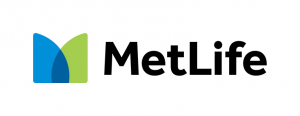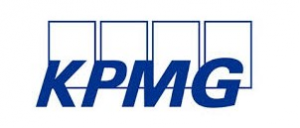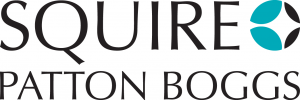Get ready for Retail 2.0
15.12.2016Company: Y SOFT Corporation, a.s.
Some might see IoT (Internet of Things) as an overhyped buzzword and struggle to see how IoT applications can be of value beyond the wrists of geeks. The truth is, this thing is getting real. Analysts are making bold predictions of IoT market growth, IDC being the most conservative, saying the market value will reach USD 1.7 trillion by 2020.
IDC predict several verticals will drive IoT development: transportation, manufacturing, healthcare – all the usual suspects are in the game. But can you guess the vertical that has been predicted to have the fastest growth of IoT applications? Right, retail.
Why? One of IoT’s key building blocks is data. Retail businesses already receive and process copious volumes of data every day – from inventory to shopping behavior patterns of customers. Additionally, the retail environment already has the infrastructure to implement IoT technologies necessary for collecting and processing data. So even today, we can imagine how retail businesses can run smarter from utilizing all this data.
Take for example an issue that retailers struggle with, how to increase return customer visits. With location based data and the broad usage of smartphones that contain sensors, retail businesses can start to interact with customers much more precisely and intimately. Promotions can be tailored for individual preferences and therefore be much more effective. Location based and sensor data can also be used for monitoring in-store traffic, identifying interior design traffic bottlenecks or the best places for placing premium goods.
Connecting different IoT devices to products also allow optimizations within supply chain channels. With technologies like RFID (Radio Frequency Identification), retailers have new possibilities for automated inventory tracking or store inventory management. The RFID chips that enable things to get on-line are so small they can be integrated into shelf price tags. In this way, managers can, for example, optimize prices according to current demand in real time in any part of the world.
This is just only one of many examples that illustrate how retail businesses can use IoT concepts to enhance current revenue streams or establish new ones. Once implemented, IoT infrastructure can accelerate their competitiveness through completely new channels or by improving the efficiency of traditional strategies like cross-sell and up-sell business models.
To be competitive, hesitating to develop and implement an IoT strategy is no longer an option for today’s retailer. As with other disruptive technologies, those who start implementing them first are more likely to have the better competitive advantage.
Author: Michal Vydržel, Senior Vice President and Managing Director, Y Soft Corporation
Tags: IT |







